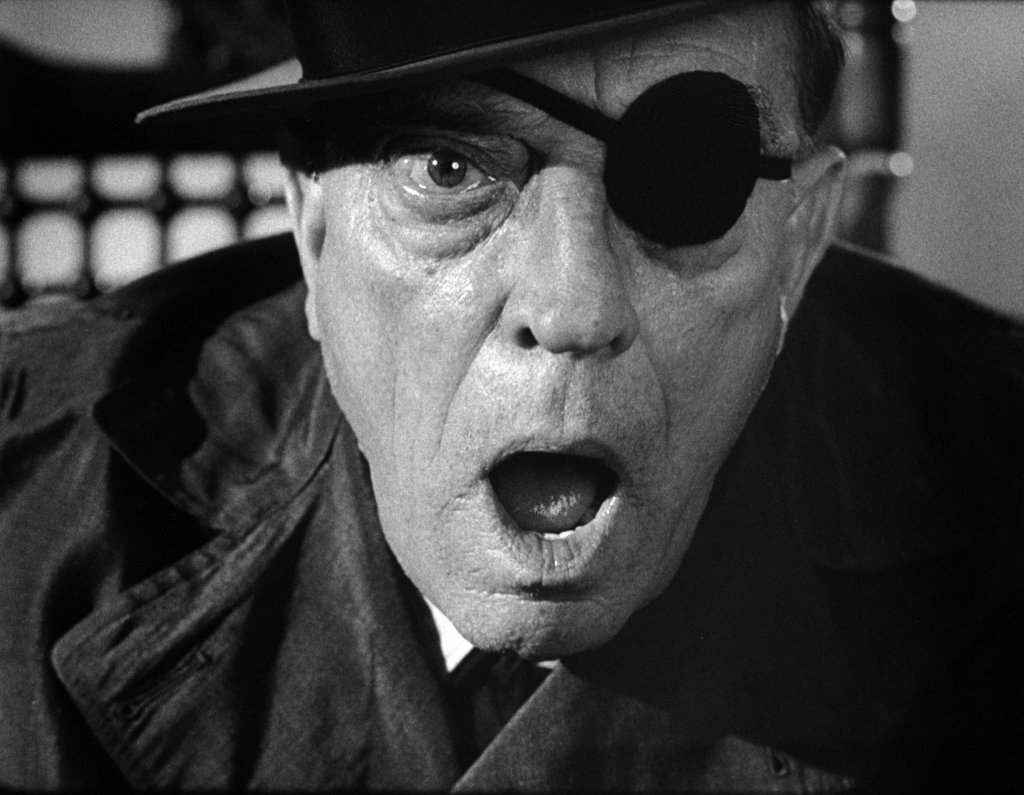Anche chi non si occupa di filosofia e psicoanalisi avrà di sicuro sentito parlare dello “stadio dello specchio”.
Lacan, reduce dallo studio di Merleau-Ponty e dai seminari di Kojéve su Hegel, propose una teoria ancora oggi centrale per molte questioni, in grado di spiegare il processo di strutturazione della propria identità da parte del bambino. L’io, infatti, aldilà dell’astrazione con cui per comodità lo definiamo, è tutt’altro che “identico a sé” e fisso. Ma già tutta la filosofia post cartesiana aveva cercato di insinuare questo presupposto.
L’aspetto interessante di questo “stadio dello specchio” è il ruolo dell’alterità (che diverrà poi centrale in tutto il discorso lacaniano). Il bambino per fuggire all’angoscia del proprio essere frammentato e riconoscere la propria immagine ha bisogno dell’alienazione offerta dallo specchio. La certezza illusoria di essere un Io deriva da questa fase. Per questo tale fase è così importante per capire anche la necessità del Simbolico, il significante e la mancanza. Il “terzo” si inserisce nel punto cieco e impedisce la con-fusione narcisistica.
Il Deleuze del “ritorno al Reale” (il registro lacaniano per indicare l’esperienza non significabile) vorrebbe chiamare in causa il “corpo frammentato” che, nonostante tutto, rimane latente nell’essere umano, soprattutto se lo si considera, come lo stesso Lacan faceva, un essere in fieri, problematico, sempre figlio delle esperienze.
In questo senso anche il confronto problematico tra Lacan e Merleau-Ponty (i due si confrontavano spesso) ci risulterà proficuo.
Saranno infatti gli stessi tentativi di Ponty di superare una fenomenologia della mera percezione a stimolare Lacan a riformulare il proprio “stadio dello specchio” individuando nello sguardo un “oggetto pulsionale” che “rende possibile” la percezione.
Infatti, è proprio al Leib (corpo vissuto, diverso dal Korper corpo oggetto) della fenomenologia a cui Deleuze si avvicina anche quando parla di utilizzo trascendentale della facoltà, nel suo ritorno a Hume.
Quanto ci sia di “proprio” nel corpo vissuto è da indagare.

